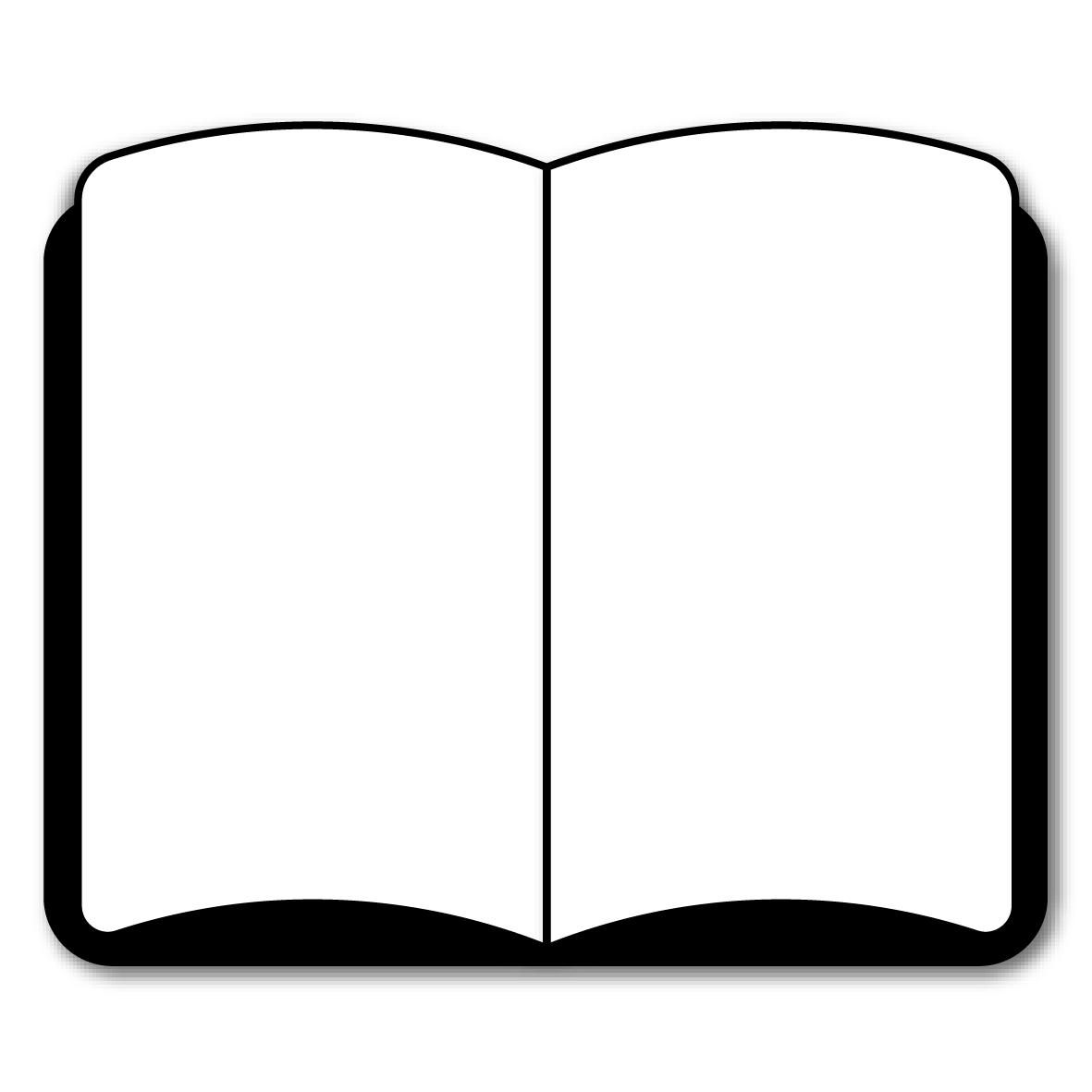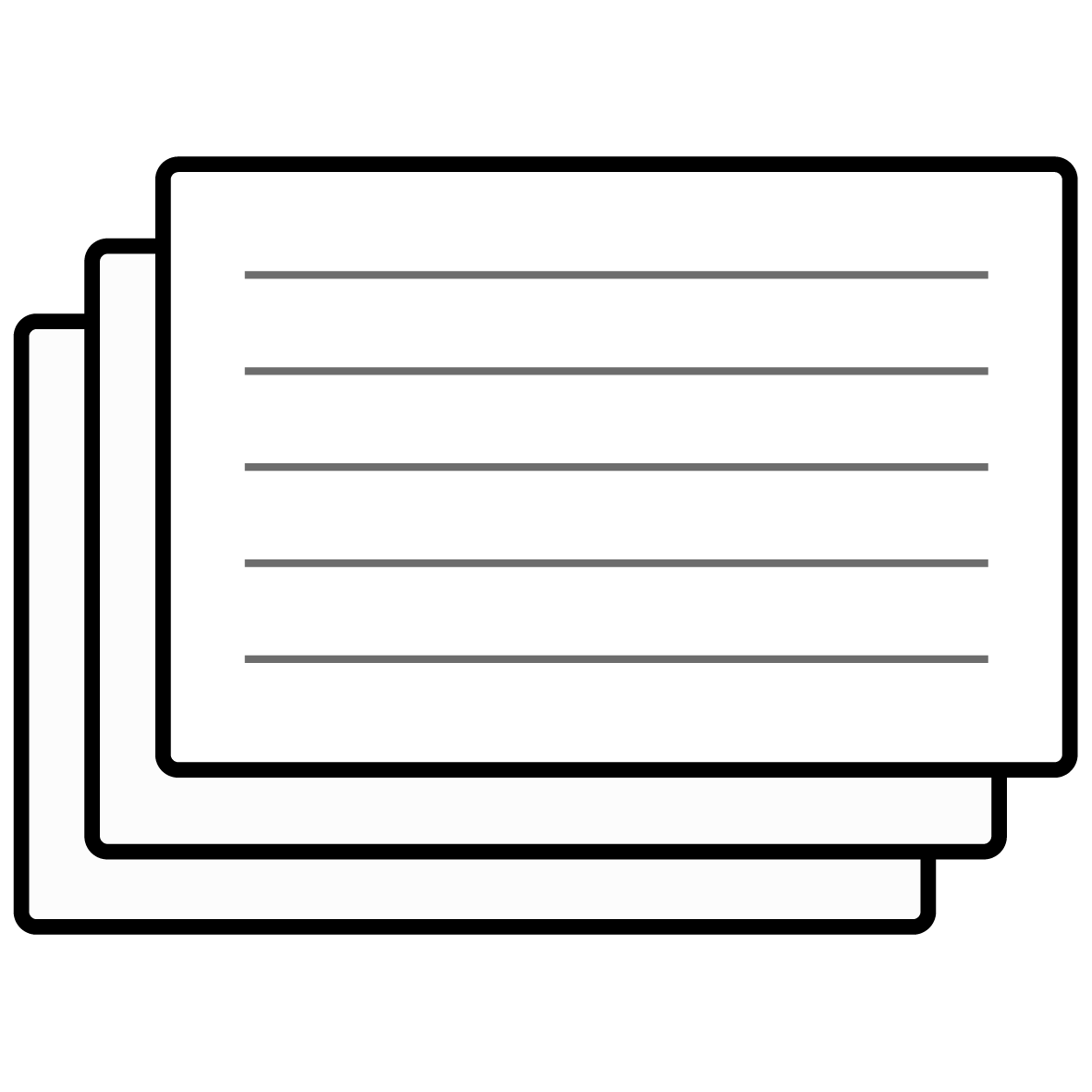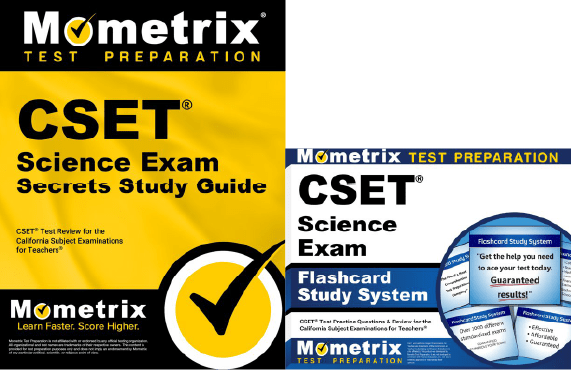If you need help studying for the CSET Science test or just want some more information about what the test is like, you’ve come to the right place!
Click below to take a free CSET Science practice test!
What’s on the Test?
The full CSET Science test contains 157 questions, and you’ll be timed at 6 hours. Most of the questions are in your standard multiple-choice format, but seven of the questions are in a constructed-response format.
The exam is split into two subtests, which you can choose to take separately or together.
Subtest I
104 questions | 4 hours
Scientific Practices, Engineering Design and Applications, and Crosscutting Concepts
- The development of important scientific ideas and models over time
- Planning and conducting scientific investigations
- Statistics and probability
- Assessing scientific simulations
- Constructing and analyzing scientific explanations
- Evaluating and optimizing design solutions
- The influence of engineering and technology on society and the natural world
- Patterns within natural phenomena and engineered systems
- Scale, proportion, and quantity
- Flow, cycling, and conservation of energy and matter
- Stability and change in systems
Physical Sciences
- Structure and properties of matter
- Chemical reactions and biochemistry
- Motion and stability
- Waves and their applications in technologies for information transfer
- Electricity and magnetism
Life Sciences
- Structure and function of cells
- Growth, development, and energy flow in organisms
- Ecosystems
- Heredity
- Biological evolution
Earth and Space Sciences
- Earth’s place in the universe
- Earth’s materials, systems, and surface processes
- Plate tectonics
- Large-scale system interactions
- Weather and climate
- Natural resources and hazards
Subtest II
53 questions | 2 hours
Life Sciences
- From molecules to organisms: structures and processes
- Ecosystems: interactions energy, and dynamics
- Heredity: inheritance and variation of traits
- Biological evolution
Chemistry
- Structure and properties of matter
- Chemical reactions and chemical bonding
- Energy
Earth and Space Sciences
- Earth’s place in the universe
- Earth’s systems
- Earth and human activity
Physics
- Motion and stability
- Energy
- Waves and their applications
- Modern physics
How to Register
To get started with the registration process, you’ll need to create an NES account on their website. You can then register for the exam via your account.
If you choose to split each subtest into their own sessions, Subtest I costs $133 and Subtest II costs $134.
How the Exam is Scored
The CSET Science test is scored using a scaled scoring method. Here’s how it works:
Scaled Scoring
For every question you answer correctly, you get one point added to your raw score. At the end of the test, your final raw score will be converted to a scaled score ranging from 100 to 300.
The reason your raw score is converted to a scaled score is because everyone that takes the test is given a slightly different set of questions. Since everyone has a different arrangement of questions, and because some questions are harder than others, converting your raw score to a scaled score ensures a more even playing field.
Retaking the Exam
If you don’t get the score you want on your first try, that’s okay! You can take the exam again after a mandatory 45-day waiting period.
FAQs
How many questions are on the CSET Science test?
The test contains 157 questions total.
What is the time limit for the CSET Science test?
The full test is timed at 6 hours.
What is the passing score for the CSET Science test?
You’ll need to get a final scaled score of at least 220 on each subtest to pass.
How much does the CSET Science test cost?
The fee for the full test is $267.
CSET and California Subject Examinations for Teachers are trademarks of the Commission on Teacher Credentialing and Pearson Education, Inc. or its affiliate(s). This page was developed by Mometrix Test Preparation. It was not developed in connection with Pearson Education, Inc., nor was it reviewed, approved or endorsed by these agencies.



 CSET Study Guide
CSET Study Guide CSET Flashcards
CSET Flashcards